Disaster is never far away in submarine operations generally. Following the tragic losses of the USS Thresher and USS Scorpion, plus a string of Soviet and NATO submarines during the 1960s Navy's became acutely aware of the need to invest in Deep Submergence Rescue Vehicles (DSRV). Popular history recounts USN, Soviet and British programs, but other navies developed this capability too.
Yugoslavia operated a modest fleet of small conventionally-powered attack submarines. Their DSRV capability came in the form of the Mermaid VI submarine rescue vehicles obtained from Germany in 1980, which could operate down to 600m and attach to the on-deck hatches of the submarine to rescue the crew. These were crewed by divers from the elite 82 Maritime Center, the Yugoslav equivalent to the USN SEALs. The Mermaid-IV was built by Bruker Physik AG who started in this area with the two-man Mermaid-I in 1972. By 1975 the company's Mermaid-III included a diver lock-out capability, a vital prerequisite for submarine rescue.
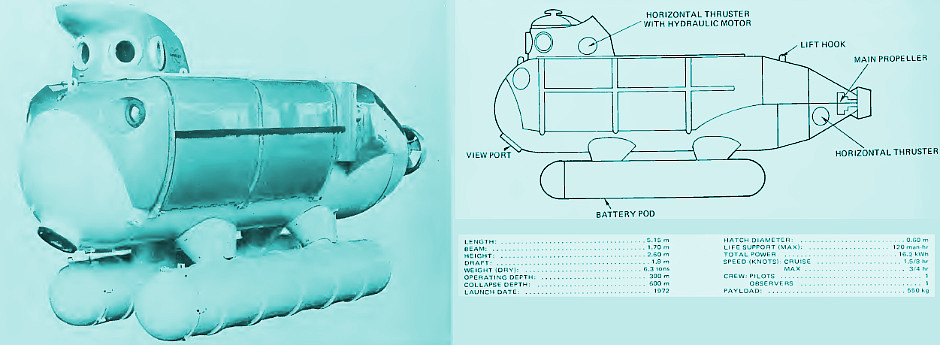
The original Mermaid I/II craft. Source Manned Submersibles - USN.

Mermaid III/IV DSRV. Source Manned Submersibles - USN.
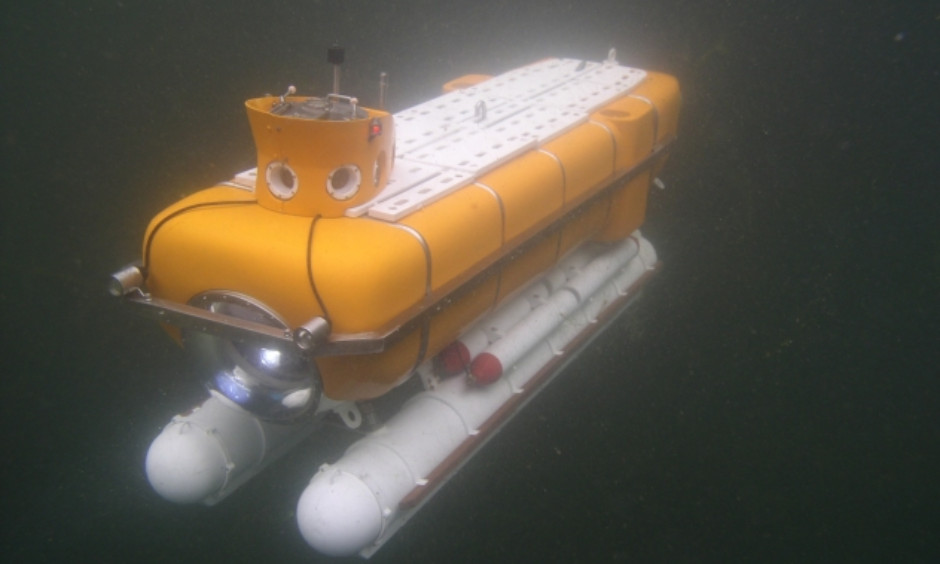
Mermaid III. Source: Diveteq
One night in October 1983 the almost brand-new Sava class boat Drava ran into serious difficulties in the Adriatic. Unseen by the crew a pin-prick sized hole has developed and the submarine started taking on water. As the water gained, the boat started to slowly sink. Worse, the seawater got into the battery compartment and short-circuited the electronics, creating a complete power-out on the ship. All the time the submarine was slowly sinking towards its ‘crush depth’, at which point the hull would implode and all of the crew would die instantly.
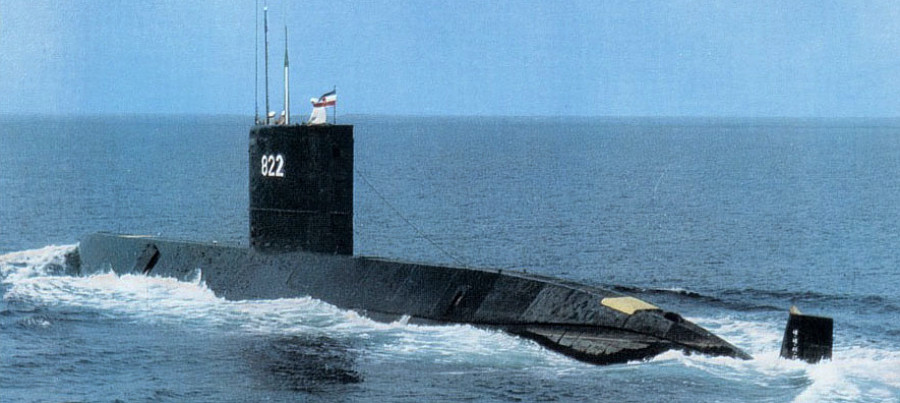
Sava Class SSK of the Yugoslav Navy
The temperature was rising and the soles of the crews shoes started to melt. After struggling in the dark and heat for half an hour without power or hydraulics, and no doubt with a herculean effort, the crew managed to reverse the attitude and the sub headed back to the surface and assumed safety. But it was not safe yet. The submarine began rising more quickly and the crew now struggled to open the tanks, to take on more water and thus prevent the boat leaping out of the water like a cork from a bottle. This they were able to do at the last moment. Just when things looked stable again, the temperature problem finally started a fire that filled the submarine with thick black smoke. Using breathing apparatus the crew issued an uncoded SOS message and limped the submarine back to port.
The divers of 82 Maritime Center were waiting ready to assist a rescue or salvage operation, but it was ultimately unnecessary. Although the commando’s wet-subs and diving skills were slated for rescue operations, this scenario highlights that the shallow-diving capability of the frogmen would be little use if the submarine went to the bottom in more the 25m of water.
Recognizing this weakness the JRM had purchased Mermaid VI submarine rescue vehicles from Germany in 1980 which could operate down to 600m and attach to the on-deck hatches of the submarine to rescue the crew.
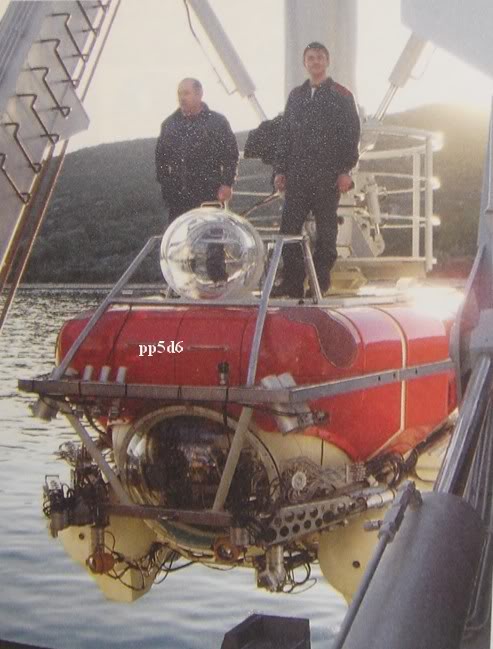
German supplied Mermaid IV DSRV in Yugoslavian service. credit pp5d6
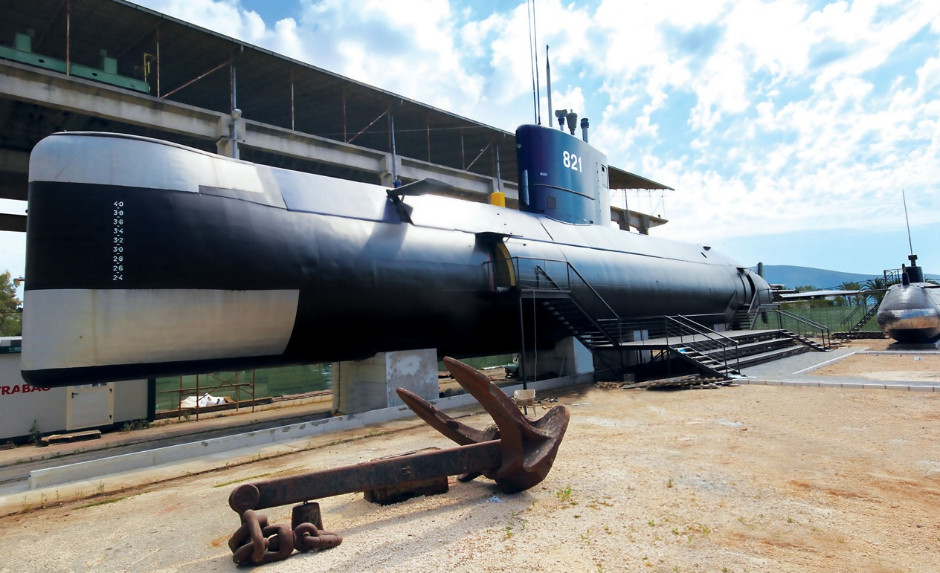
Today the Sava Class are long since retired. None were ever lost. Source: Chronicles from Italy
